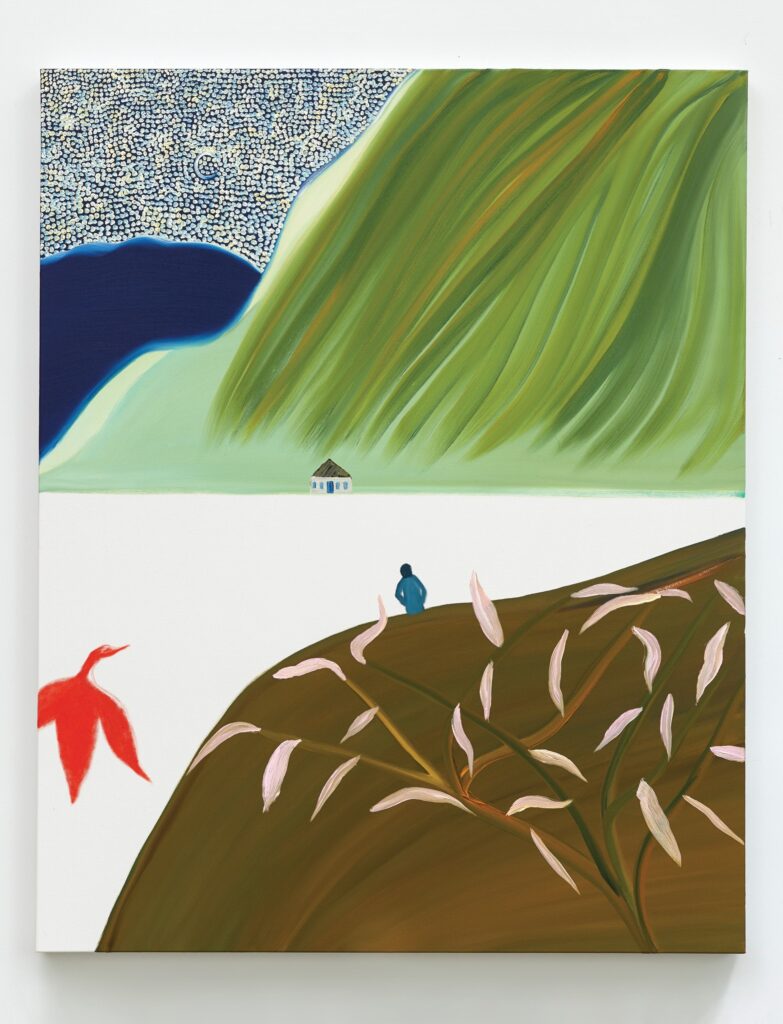Lighting and shadow are important components in game design to create an immersive and realistic experience for gamers. It can help set the mood, evoke emotions, and define the atmosphere of the game environment. Lighting can be used to highlight specific objects, define space, and create a sense of time and place. Techniques such as ambient lighting, point lighting, spot lighting, and global illumination can be used to create various effects and moods. Overall, good lighting and shadow are critical to creating a memorable and enjoyable gaming experience.
The Importance of Lighting and Shadow in Game Art Design
The art of creating games has come a long way from those early days when pixel art and 2D were the only options available. Today’s games feature realistic 3D graphics, immersive worlds, and breathtaking visuals that enthrall gamers. The game designers and artists are now tasked with creating game art that not only looks great but also offers an immersive gameplay experience. And one of the most important elements of creating immersive game art is lighting and shadow.
What is Lighting and Shadow in Game Art Design?
Lighting and shadow in game art design refer to the use of light and dark in the game environment to create a sense of depth, mood, and atmosphere. Lighting and shadow are used to create a realistic and dramatic effect in games, just like in movies and television shows. Lighting can help to define the space, create ambient light, and draw attention to specific elements within the game. It can also be used to evoke emotions, add drama, and create a sense of time and place.
Why is Lighting and Shadow Important in Game Art Design?
Lighting and shadow are essential components of game design as they are responsible for creating a feeling of immersion and realism. If lighting is done well, the player won’t even notice it. But if it’s not done well, the game environment will look flat, uninteresting, and lack depth.
In addition to creating a realistic environment, lighting and shadow can also help tell the story of the game. It can be used to create a sense of mood, time, and place. For example, if the game takes place in a dark and damp dungeon, the lighting can reflect this by being dim and shadowy. Alternatively, if the game is set in a sunny meadow, the lighting could be bright and warm, giving the player a feeling of contentment and happiness.
The Different Types of Lighting and Shadow Techniques
There are various lighting and shadow techniques game artists use, and each technique has its unique characteristics and advantages. Some of the techniques include:
Ambient Lighting:
Ambient lighting is the most basic kind of lighting, and it helps to create an overall sense of lightness and darkness in the game environment. Ambient lighting refers to the light that exists in the environment without any specific light sources. It can be used to create different moods and can be softened or hardened to create different effects.
Point Lighting:
Point lighting is the most common kind of lighting used in video games. It involves creating a light source that casts a bright light around it. It can be used to highlight specific objects in the game environment, creating a mood or atmosphere for the entire scene.
Spot Lighting:
Spot lighting is used to focus a beam of light on a specific object or area. It’s used to create a spotlight effect, which can be used to draw the player’s attention to a specific object in the game environment.
Global Illumination:
Global illumination is a technique that simulates how light bounces around in the game environment. It creates a realistic lighting effect and is used to make the game look more realistic and immersive.
Conclusion
In conclusion, lighting and shadow are essential components of game design that can make or break a video game. It creates a sense of depth, mood, and atmosphere, and it’s responsible for creating the realistic and immersive experience gamers expect. The various lighting techniques used by game artists have different characteristics that can be used to create different effects and moods. In the end, good lighting and shadow will help to create a memorable and enjoyable gaming experience that will stay with gamers for years to come.
